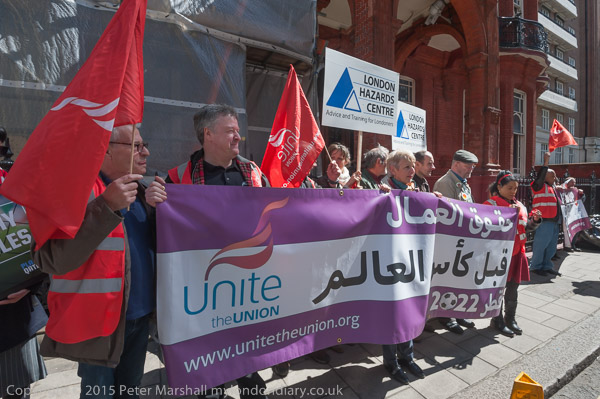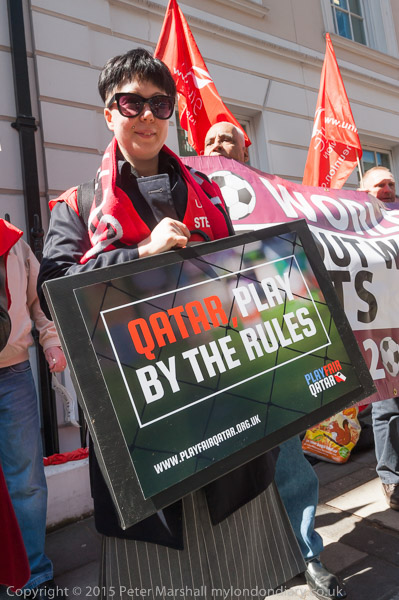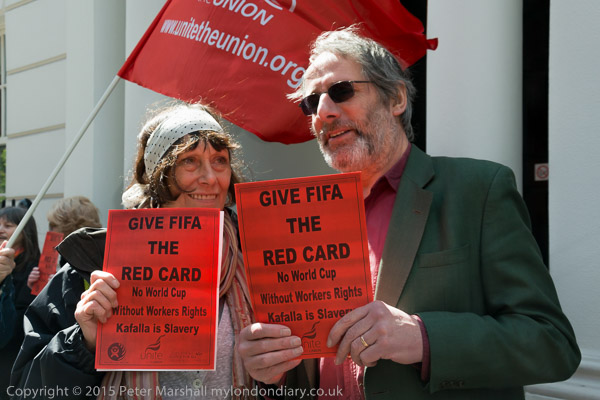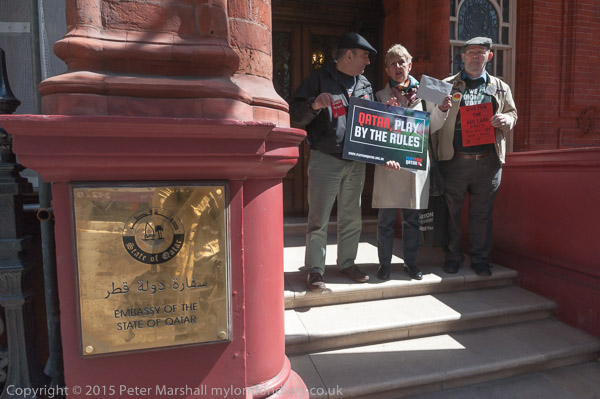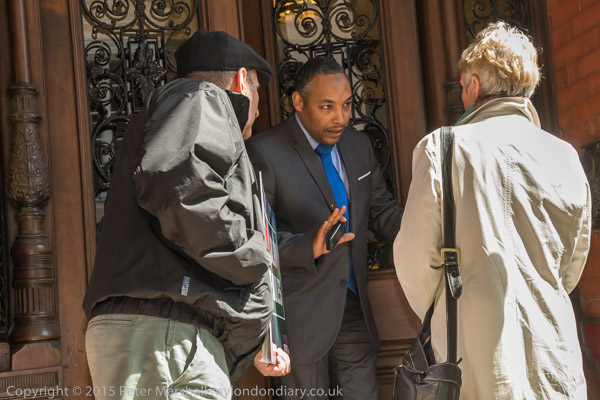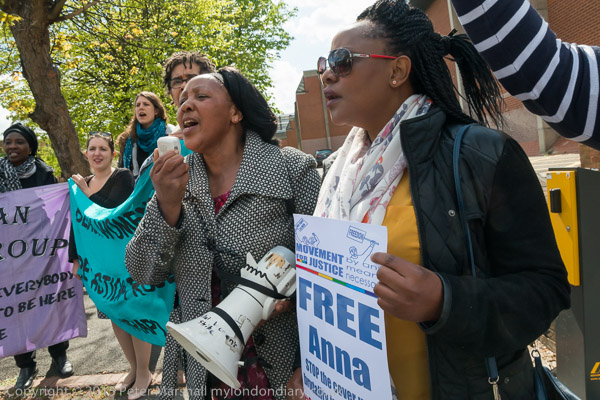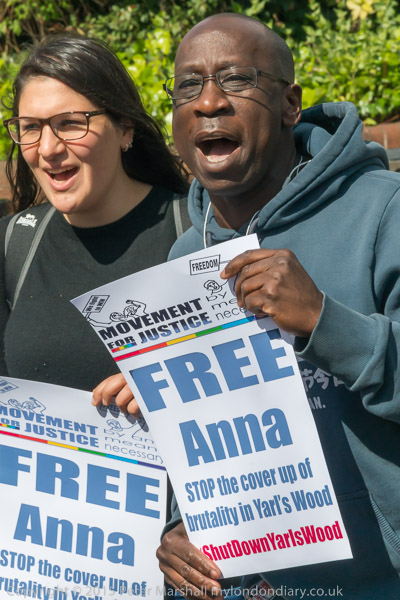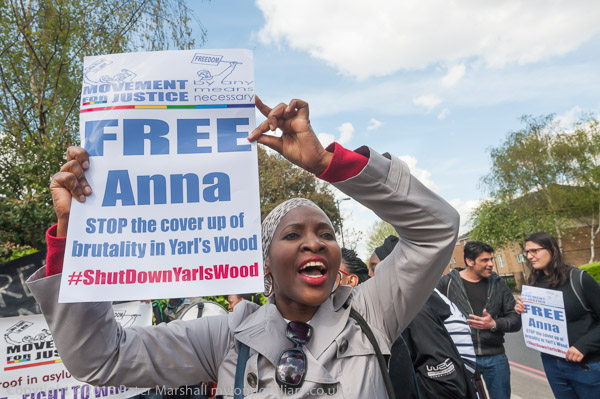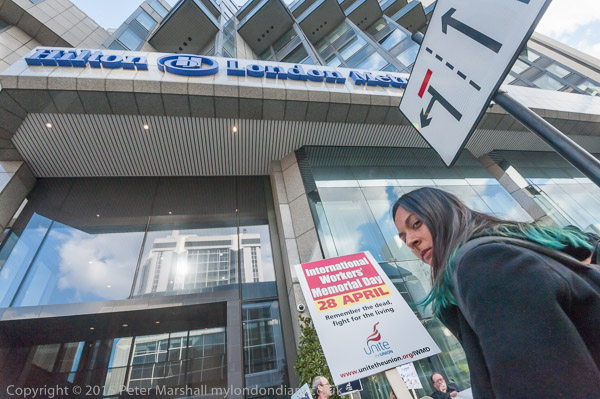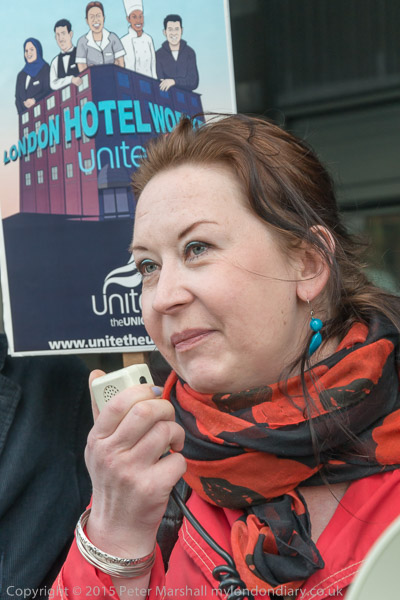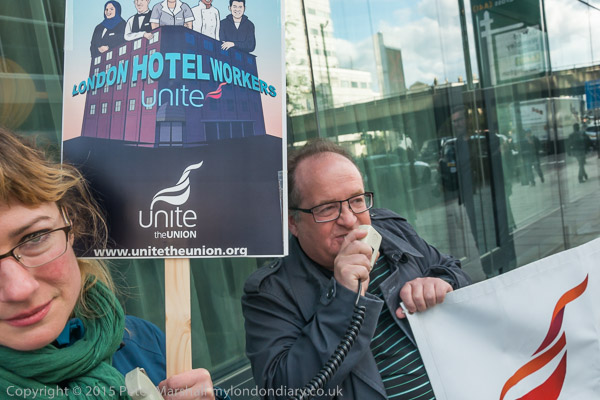Surbiton Festival: On Saturday 30th September 2006 I went to Surbiton to photograph the annual Surbiton Festival for the second time.
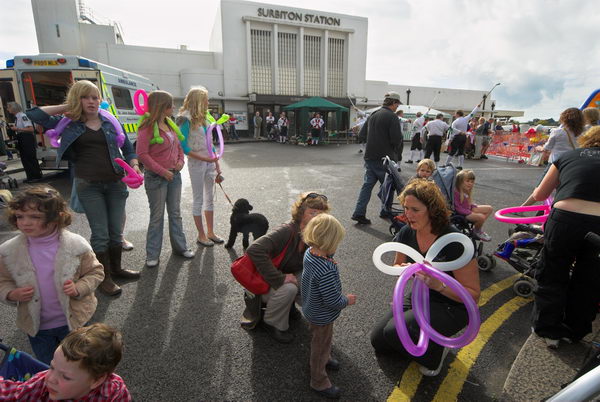
As a part of my photography of London I attended quite a few local events across London in the first decade of this century – in September 2004 I had photographed the Surbiton Festival and also the Angel Canal Festival, Walthamstow Festival, the City of London Flower Show, Lady Somerset Road Street Party, Brick Lane Festival, Thames Day, the Shoreditch Car Free Festival and Leytonstone Car-Free Festival, as well as several political protests and other events. I found it interesting how some of these reflected the different population of these areas.
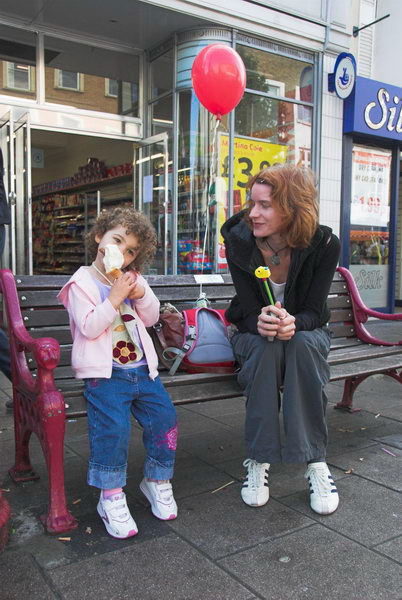
But in 2006 I had another reason to go back to Surbiton, in that I was to appear with two other photographers, Mike Seaborne and Paul Baldesare in the exhibition Another London, at Kingston Museum in January 2007 and I wanted to include some pictures from the local area in my section of the show.

You can still see all 26 of my pictures from that show (and those by the other two. My set included pictures from both the Surbiton Festivals I attended, as well as one from the July 2006 Kingston Regatta, two from the September 2006 Kingston Festival and one of Koreans watching the World Cup in nearby New Malden.
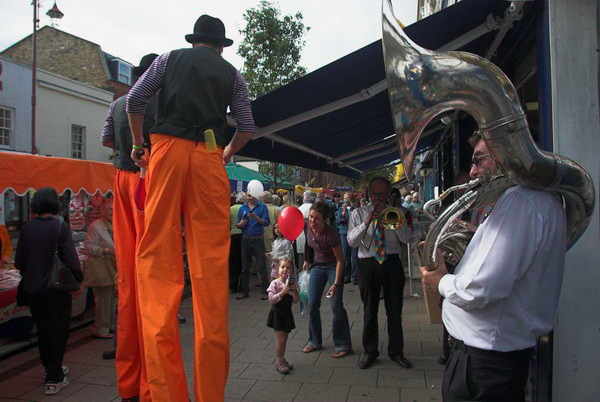
Surbiton is centred around Surbiton Station, a classic 1930s Southern Railway modernist structure and an important commuter station with an incredibly frequent service – around ten trains an hour to Waterloo, the faster taking around 20 minutes.
When it was first developed in the 1840s it was called ‘Kingston-upon-Railway‘, only getting its current name in 1869 – although this is a name with medieval roots, with Suth Bere-tun being Old English for an outlying farm – then part of the Royal Manor of Kingston (Norbiton was closer to the centre.)
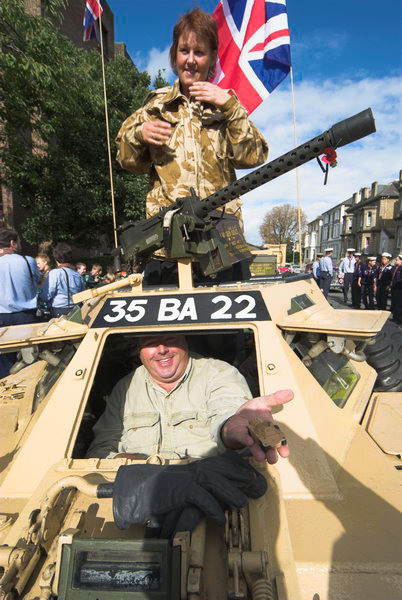
Kingston is an ancient town – it was the town where Anglo-Saxon kings were crowned – but the Surbiton Festival is a modern tradition, begun by the Rotary Club a little over 25 years ago. It seems to have grown considerably since I went in 2006. The 2025 festival was last Saturday and though I considered briefly whether to go, I decided I had other things to do. Perhaps next year…
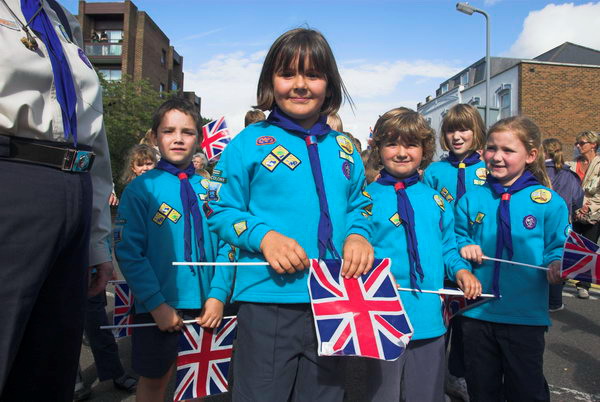
You can see a few more of the pictures I took in 2006 on My London Diary. The short text I wrote is a little hidden, so here it is in full – though there is more information in the picture captions.
The Annual Surbiton Festival seems still to be very much a local community based affair, and takes over one of the main shopping streets, still mainly lined by small shops. This year it’s centre was the station car park, with room for a brass band, morris dancing and other activities.
The day started with driving rain, but fortunately it stopped in time for the festival to start, opened by the Mayor of Kingston. I followed her for a while as she visited the stalls along the street, taking a real interest in what was going on.
The 10 am start meant that at first the streets were rather empty, but things began to fill up later. The parade was a little thinner than in previous years, and we [Paul Baldesare and myself] were disappointed not to see more.
After the parade I went back to watch the morris dancers perform a second set, but as it came on to rain, I decided it was time to take a train elsewhere
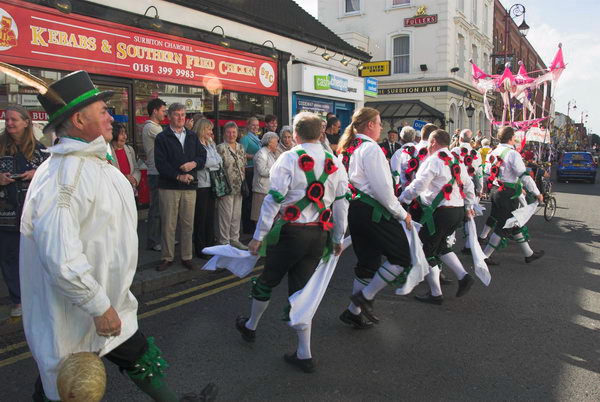
Flickr – Facebook – My London Diary – Hull Photos – Lea Valley – Paris
London’s Industrial Heritage – London Photos
All photographs on this page are copyright © Peter Marshall.
Contact me to buy prints or licence to reproduce.
